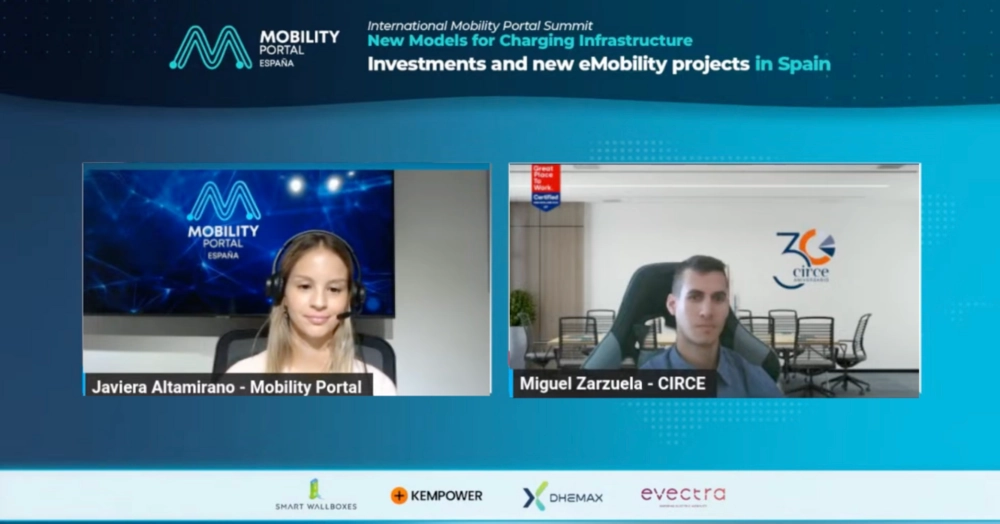Despite congestion in the electric grids of many European Union countries, Spain has an energy surplus to address the eMobility transition.
Miguel Zarzuela, eMobility Coordinator for EU Projects at CIRCE, states: “The Spanish grid is one of the most advanced in the world and is ready to handle the increased demand.”
Unlike other EU members, Spain needs to increase electrification, i.e., increase electric demand, to harness the significant rise in photovoltaic and wind energy generation.
According to the Institute for Energy Diversification and Saving (IDAE), the country solidifies its position as one of the world leaders in clean energy.
The current supply is considerably greater than demand, leading to interruptions in photovoltaic plants due to lack of demand at specific times.
The increased adoption of EVs would help prevent these interruptions and, in an organized manner, could benefit generators by increasing profitability.
It’s worth noting that the national territory currently has over 300,000 registered electric cars and more than 30,000 public charging points.
During the second day of the “International Mobility Portal Summit,” organized by Mobility Portal Group, Zarzuela notes: “By the end of this year, we will have around 400,000 electric cars in Spain.
If these cover an average of 20,000 kilometers, the energy generated today and yesterday would be sufficient for the entire fleet.”
He asserts that adding a million electric vehicles would imply a 1% increase in current demand.
Today, zero-cost energy indicates an energy surplus not being consumed, primarily due to the combination of a strong deployment of renewable energies and a decrease in electricity demand.
One potential challenge is the distribution of energy, particularly concerning the simultaneous charging of electric vehicles.
The distribution network capacity may not be sufficient to manage this power entirely.
In this situation, Zarzuela emphasizes the need to promote smart charging initiatives and strategically utilize charging power.
“Even without improvements in distribution infrastructure, we have tremendous capacity to efficiently electrify the electric vehicle fleet in Spain and Europe,” he explains.
Smart charging can optimally determine how, when, and in what manner it is most cost-effective for users to charge their electric vehicles.
Another option is to encourage bidirectional charging to turn electric vehicles into decentralized energy resources.
However, Spain still lacks regulations allowing the widespread implementation of this solution.
Various industry stakeholders are urging governments and policymakers for clarity and promptness on this matter.
“We hope that between 2024 and 2025, manufacturers can align and introduce this new bidirectional charging product to the market,” Zarzuela emphasizes.
Currently, CIRCE is developing a third solution: inductive charging, without cables.
Mahle, the German manufacturer of vehicle components, positions itself as one of the pioneers in the application of this technology in the electric mobility sector.
Recently, the company has announced the standardization of its positioning system DIPS (Differential Inductive Positioning System) for inductive recharging of electric cars.
This is because the Society of Automotive Engineers (SAE International) has selected it as the global standard solution for wireless charging.
This system is based on a magnetic field that automatically establishes a connection with the charging point when the car approaches.
Meanwhile, a special navigation system on the car’s screen helps the driver quickly locate the vehicle in the right position.

Charging initiates automatically.
Mahle intends to make its system compatible with the entire industry, regardless of the manufacturer, through a licensing model.
Meanwhile, CIRCE has a 50-kilowatt inductive testing charger located in Zaragoza, specifically designed for opportunistic charging for taxis.
This technology is currently in the research phase, with the aim of improving the comfort and efficiency of the recharging process for end users of electric vehicles.
To learn more about the electric mobility sector in Spain, visit Mobility Portal España.








